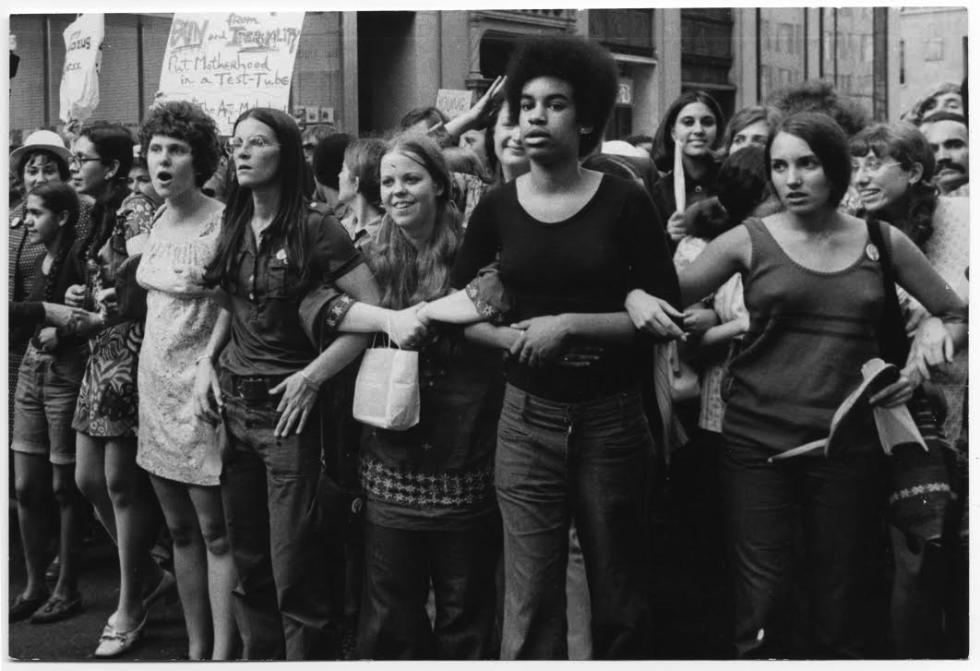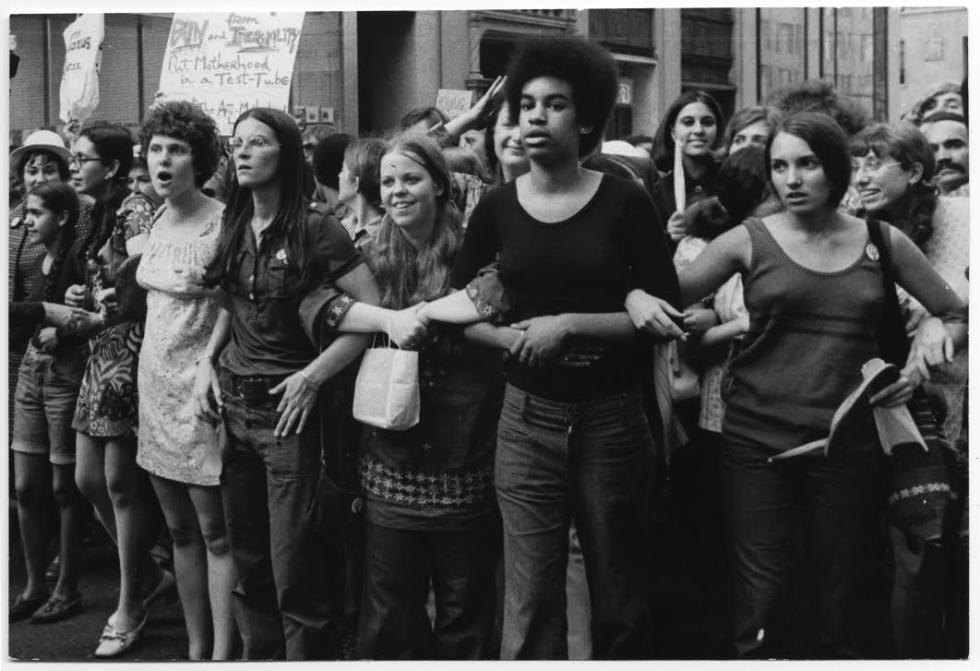I’m not sure exactly when it was that I realized that my mom wasn’t quite like most of the other moms in our neighborhood. And from the outside, at least when I was still a boy, maybe she didn’t strike others as different, either: husband, two kids, house, a station wagon that took her to a job ringing the register at a local supermarket. There were no price scanners then.
But then she came home and sat next to me on the couch, and when the commercials interrupted whatever bit of brain rot I was watching, she would start to ask questions: “Isn’t it interesting that they always show a woman doing the laundry?” she’d say, or, “Now why do you think the men are wearing so much more clothing?” I will admit to a fair bit of eye-rolling during those times, but she made her point well enough that, three decades later, I still find myself asking the same questions.
Mom doesn’t ring the register anymore. After volunteer work and a return to night school, she for years now has directed a women’s center that helps survivors of abuse. Her story and the stories of many like her — stories of activism, of liberation, of change — are mirrored in She’s Beautiful When She’s Angry, a rousing documentary about the rise of modern feminism in the late 1960s and early 1970s. It opens this Friday for a limited week-long run at Amherst Cinema, with a special first-night screening to kick things off.
There for the 7 p.m. screening will be Muriel Fox, co-founder of NOW (National Organization for Women), and Marlene Sanders, a pioneering newscaster who made a career of breaking barriers: the first female TV reporter to report from the Vietnam War, and the first woman to anchor the nighttime news, among other things.
Director Mary Dore’s film charts the course of the new feminism without over-romanticizing its sometimes quarrelsome history. In it, she uses archival imagery, dramatizations, and performance to tell the story of a movement’s growth, from the more buttoned-up activism of NOW to the more wild factions of the liberation movement such as W.I.T.C.H (Women’s International Conspiracy from Hell!). It’s all quite a story, and one whose ending—if it has one—has yet to be written. See it now with some of the women who were there at the beginning.
Also this week: Two stories of visitation come to area screens. First up is the unforgettable Close Encounters of the Third Kind, Steven Spielberg’s 1977 film about our first contact with an alien civilization. Screening Friday and Saturday at 7:30 at Shelburne Falls’ Pothole Pictures, the show will feature the seldom-screened director’s cut which Spielberg completed in 1998. Richard Dreyfuss stars as the lineman Roy Neary, whose close encounter with a UFO changes the course of his life.
Slightly more carefree — depending on how you look at it — is Amherst Cinema’s Saturday morning screening of The Wizard of Oz, the beloved 1939 adaptation of L. Frank Baum’s evergreen story. Judy Garland stars as Dorothy Gale, whose longing to get away from a drab life on the farm brings her (and the cinema industry) into a world splashed with Technicolor. It may be difficult today to imagine the effect of such a palette on filmgoers accustomed to a world pictured in black and white. But it’s hard also to imagine another film — Gene Wilder’s Wonka comes close — that makes such spectacular use of its color.•
Jack Brown can be reached at cinemadope@gmail.com.





